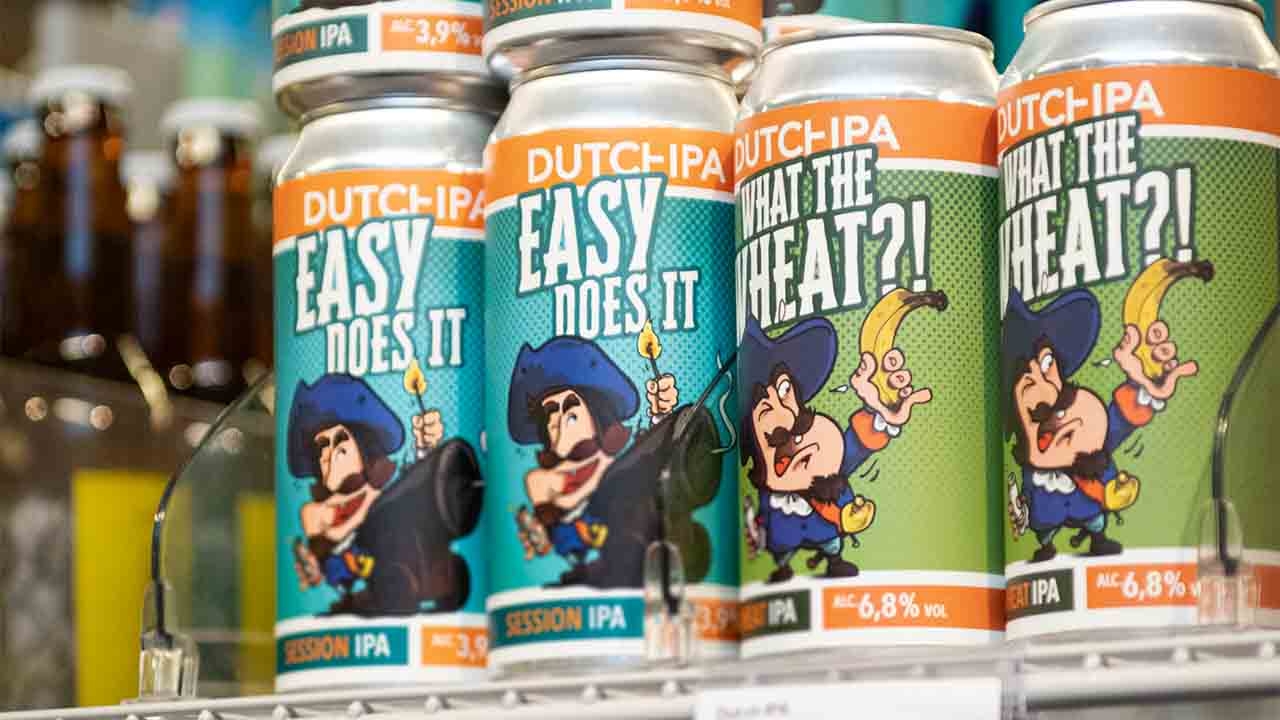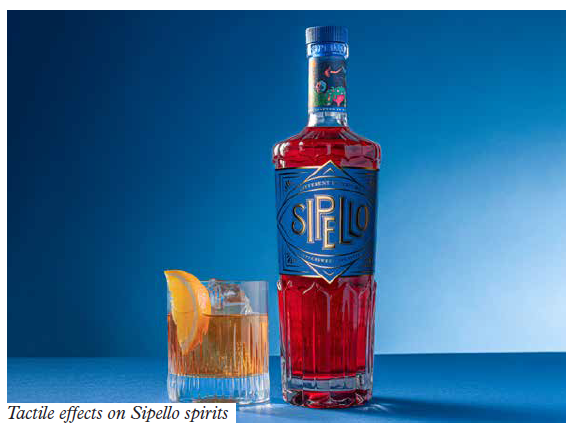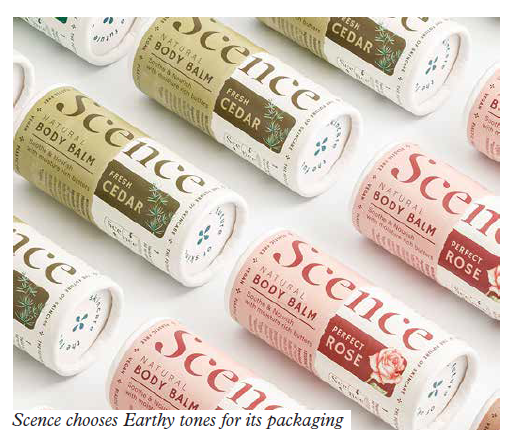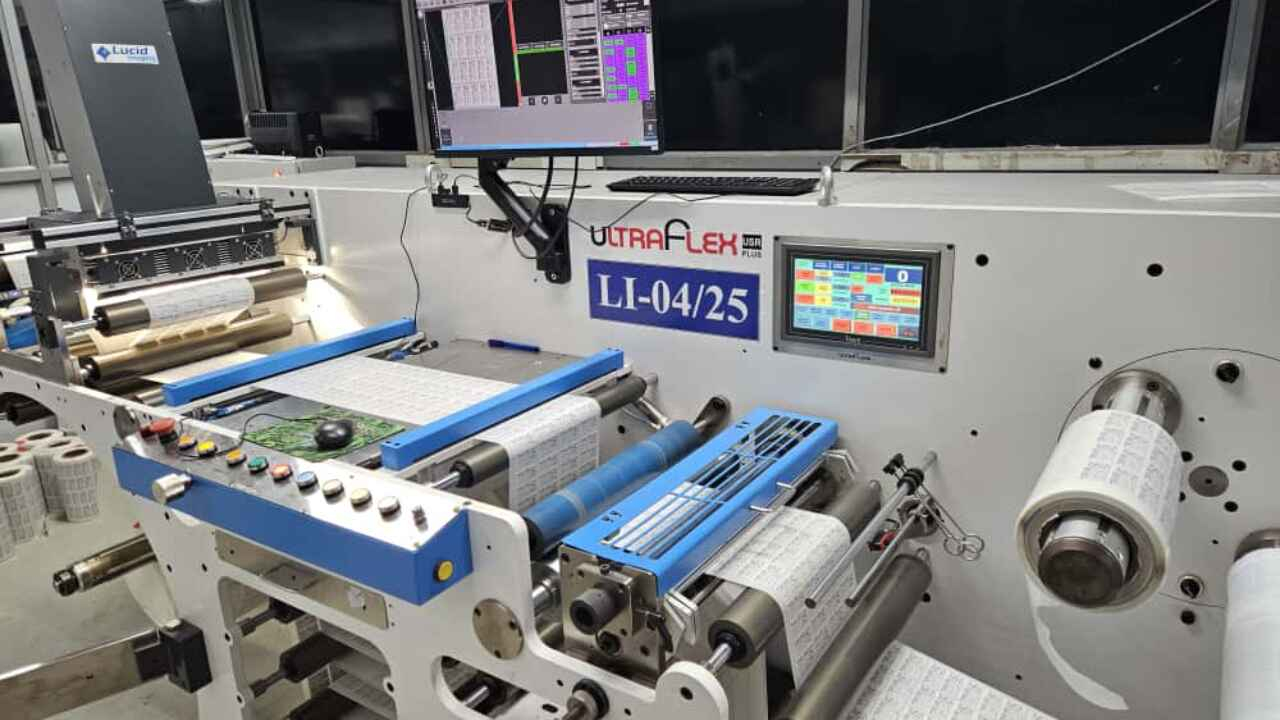Packaging design trends to unwrap in 2023
Top five packaging design trends to look out for in 2023

Packaging design is constantly evolving, and the trends for 2023 are no exception. With the focus on sustainability, we can expect to see a rise in eco-friendly packaging designs. Brands will also be looking for new ways to make their products stand out, through earthy colors, tactile effects and interactive elements. Here are the top five packaging design trends to look out for in 2023.
Touch and feel
Tactile texture in labels and packaging has picked up considerably as it adds an additional dimension to packaging, appealing to other senses besides sight. The use of tactile elements in packaging, such as raised lettering, embossed patterns, or textured surfaces, creates a luxury feel and helps the product stand out on the shelf. Consumers are more likely to remember a product that they have physically engaged with, rather than just seen.

Packaging that is designed to be touched and handled, with high-quality materials and attention to detail, can convey a sense of craftsmanship that instills trust in the consumer.
Leading manufacturers of digital and conventional embellishment technologies are enabling brands to think beyond vision. Brands can benefit from latest developments in embellishment technologies offering in-line options for foiling, varnishing, embossing and debossing techniques to create tactile effects on labels and packaging.
Wrap around design
Wrap-around labels and shrink sleeves offer a 360-degree decoration option that makes a strong visual impact on the shelf. One of the main benefits of wrap-around patterns in packaging design is that they allow for a seamless flow of the design, and offer more real estate to designers.
This can be particularly effective when creating a flowy pattern or a series of variants that are kept together. This creates a cohesive and visually pleasing design that can make a strong shelf impact. In addition, wrap-around patterns can also be used to create a sense of movement.

This type of design also allows for more information to be put on the packaging about the product and add additional details through interactive technologies such as QR codes.
Wrap-around patterns are particularly effective with shrink sleeves labels that are popular in the beverage segment. For example, Jimmy’s Cocktails brand of cocktail mixers uses shrink sleeves to create a strong impression with its bold-colored sleeves in a minimalist design that allows space for more information without looking cluttered.
Mascot variations
Mascot variants have become a popular trend in packaging design as advancements in digital print technology allow for the creation of several variations of designs on a single run. This can include different poses, expressions, or even multiple mascots on a single package. This trend increases engagement with consumers and can open new branding and collaboration opportunities.
A mascot can even be customized to reach a specific demographic or region.
Mascot variants also add a level of brand personality to the product. A unique and memorable mascot can help build an emotional connection with consumers. It can also be used to tell the brand's story.

Kieron Weedon, strategy director of UK-based packaging design company Kingdom & Sparrow agrees: ‘We’ll see brands taking real ownership via labels and packaging, as distinctiveness and premiumization become increasingly important. Brand mascots, characters and cartoons will bring an ownable personality to brands across multiple channels. We’ll see more brands develop bespoke typefaces that more closely reflect their tone and personality. We’ll also see increasingly innovative ways for people to interact with labels and packaging, either physically (think tactile materials or interesting tears) or virtually (QR, VR, AR), to truly bring the brand to life in the most visual sense.’
Earthy tones
Earth-toned, subdued colors have been gaining popularity, and is often associated with sustainable and eco-friendly products. Earthy colors such as forest green, deep brown and beige are used to create a natural and organic aesthetic that resonates with consumers who are looking for more environmentally-friendly products.
‘We’ll continue to see a thirst for retro in 2023, but possibly a backlash to the clashing, bold colors of the90s we’ve seen making a comeback in recent years. The calmer, cooler, more relaxed 60s and 70s vibe will be making an appearance (as they do, periodically) with warmer, earthy hues, more relaxed typefaces, and familiar illustrative styles. It’s all about making people feel less stressed and more comfy in volatile times,’ says Weedon.

Newer printing technologies and ink-mixing methods have also made it possible for brands to print new colors on their packaging and labels. This has led to a wider range of color options for brands, allowing them to create truly unique and eye-catching designs.
Sustainable materials
In recent years, sustainability has become an increasingly important consideration for brands when it comes to packaging design. As material suppliers develop more sustainable materials and as global concern for the environment increases, more and more brands are becoming ethical in their packaging. In 2023, sustainability is expected to continue to be a major trend in packaging design for brands, as companies look for ways to reduce their environmental impact and appeal to consumers who are increasingly conscious of sustainability.
With advances in technology, material suppliers are now able to create eco-friendly alternatives to traditional packaging materials such as plastic. These include materials such as bioplastics, made from plant-based sources, and paper-based packaging made from recycled materials. Brands can now choose to use these materials in their packaging, reducing their environmental impact and appeal to consumers who are looking for more sustainable options.

Additionally, governments and organizations are implementing regulations and guidelines on sustainable packaging, which will also drive brands to adopt more sustainable practices.
‘Sustainability credentials will continue to challenge design and production in the industry. Brands will need to explore new ways to create and print labels and packaging that reduce carbon footprints further than before. Offsetting is no longer enough for consumers,’ Weedon concludes.
Stay up to date
Subscribe to the free Label News newsletter and receive the latest content every week. We'll never share your email address.


